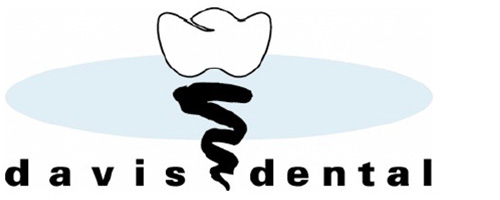08 Oct Keyhole surgery for dentists
Medicine has embraced keyhole surgery for decades. Less invasive solutions for common dental surgery has been sought for decades, with a need to balance adequate visualisation of the procedure with an intent to maximise comfort for our patients both during and after surgical procedures.
One area of particular interest is sinus lift surgery to generate greater bone volume for dental implants. What am I talking about? When the upper back teeth are removed the maxillary sinus (which is an air filled hollow inside the upper jawbone lined by a thin soft tissue layer) expands, a process we call pneumatisation. That is to say the air pressure from the nose results in the gradual expansion of the sinus which resorbs the bone and results in not enough bone to place implants to replace the missing teeth. There is so much more to it but this covers the general ideas and challenges.
For nearly 30 years we have generally solved this problem by lifting the soft tissues and exposing the lateral wall of the sinus. Then either a rotary drill or an ultrasonic device is used to gain surgical access to the sinus and grafting material is placed. The problem is that it is a relatively significant surgical process that many surgeons think requires a general anaesthetic (that is going to hospital so they can put you to sleep). That is a big deal and there can be noteworthy post operative inflammation and pain with this approach.
So when are we going to get to the point of this blog? OK, let’s do it. It all started earlier this year in Sydney when I spent the day with Prof Marcel Wainwright from Dusseldorf doing a hands on training course about a process called ‘intralift’. I was so impressed that after several long chats with him I flew over to Germany in May to learn more about the process in his practice. I was still impressed and after further research I have bought the device that is used for this innovative process. That was a big deal for me because even though I have been using ultrasonic surgical tools for over four year this process requires yet another machine that is specifically ‘tuned’ to this procedure.
The procedure is to make two 5 (sometimes) 6 mm holes on the crest of the ridge that the teeth were removed from in the posterior upper jaw. No flap of gum is raised and so the surgery is truly ‘keyhole’ in nature. The sinus lining (we call the Sneiderian membrane) is elevated by a phenomenon called cavitation, which is the high frequency vibration effect of the water that comes out of the ultrasonic surgical device. Up to 2 cc of bone can be created (which is a lot) with minimal surgical trauma and minimal post operative discomfort.
I may be a gadget guy but I think this new one will prove to be a hit with people who want to have sinus lift surgery with a simple procedure (no hospital visit, just a local needle) and less discomfort. That can only be a good thing. Look up ‘intralift’ on youtube if you want to learn more or go to http://www.youtube.com/watch?v=QJ3GPbIPS9E
Scott
